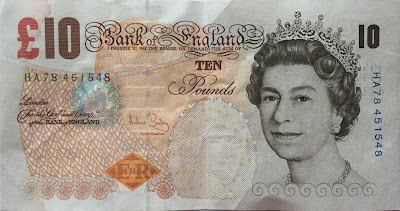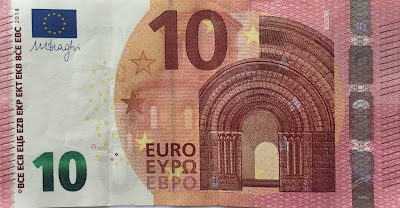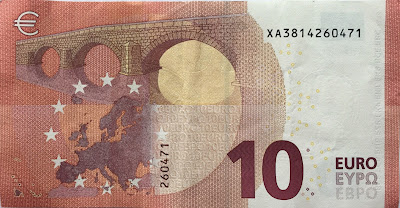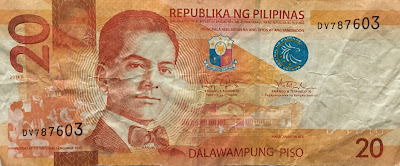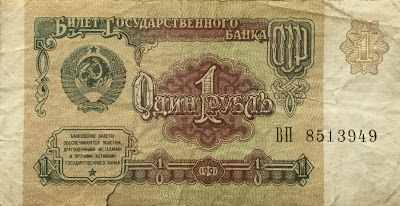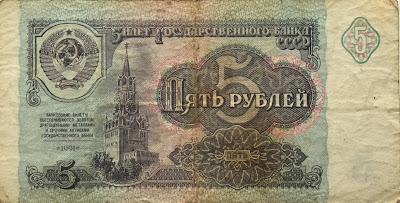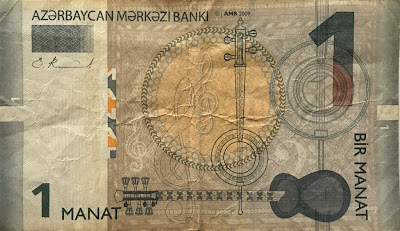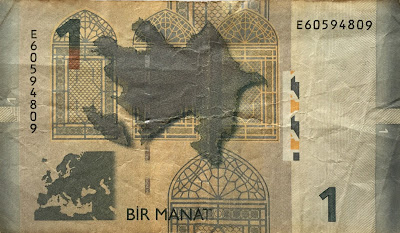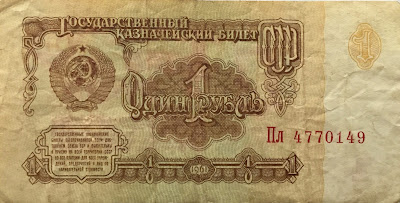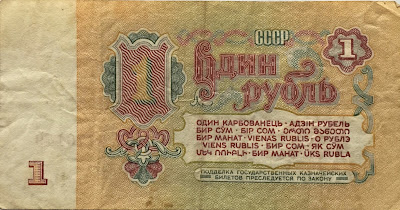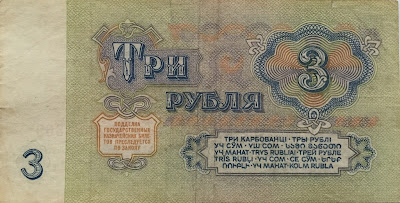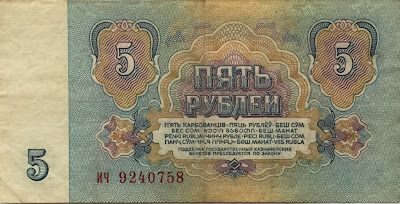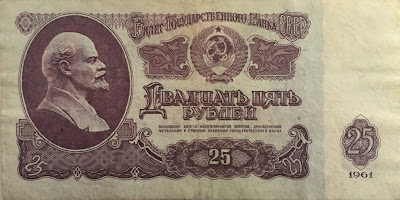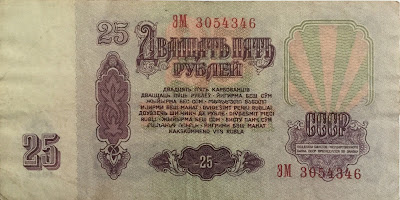Sterling banknotes are the banknotes in circulation in the United Kingdom and its related territories, denominated in pounds sterling (symbol: £; ISO 4217 currency code GBP).
Sterling banknotes are official currency in the United Kingdom, Jersey, Guernsey, the Isle of Man, South Georgia and the South Sandwich Islands, and Tristan da Cunha in St Helena, Ascension and Tristan da Cunha. One pound is equivalent to 100 pence. Three British Overseas Territories also have currencies called pounds which are at par with the pound sterling.
In most countries of the world the issue of banknotes is handled exclusively by a single central bank or government, but in the United Kingdom seven retail banks have the right to print their own banknotes in addition to the Bank of England; sterling banknote issue is thus not automatically tied in with one national identity or the activity of the state.
10 Pounds Sterling banknote
